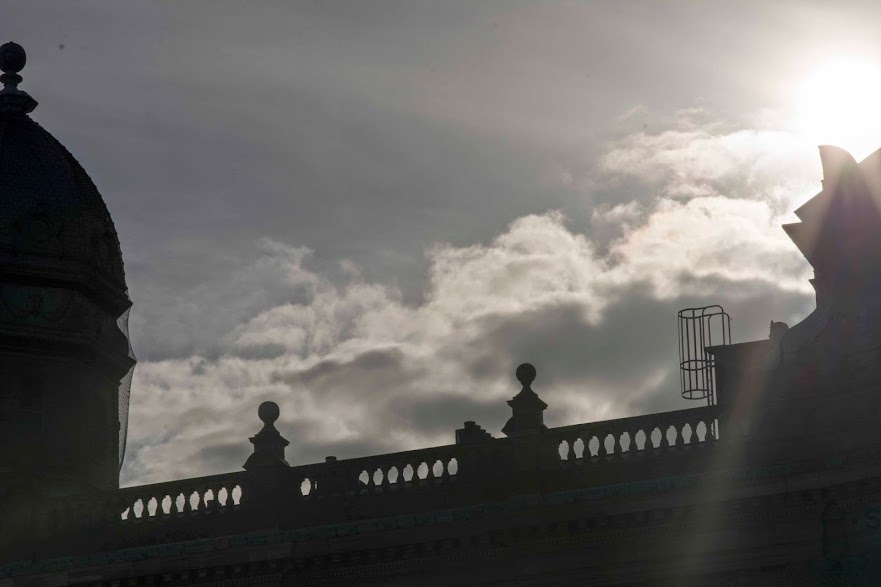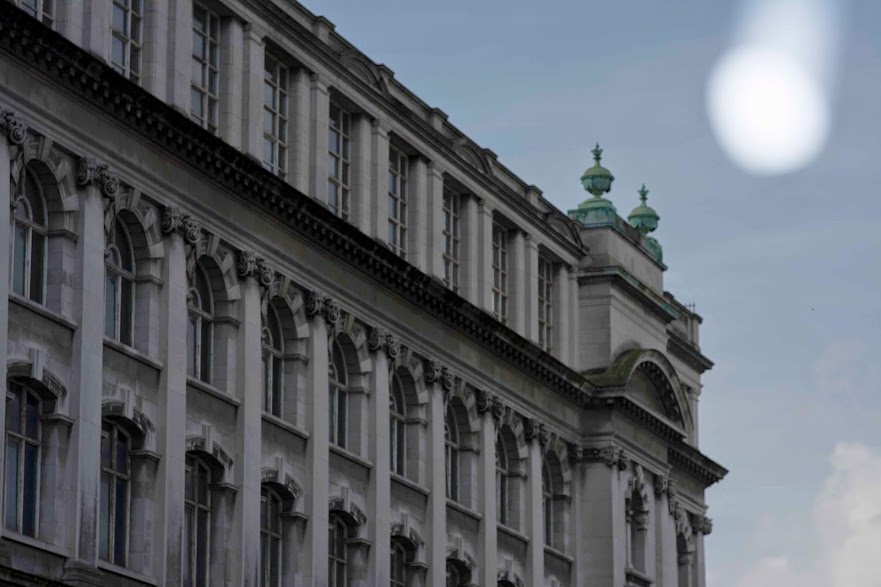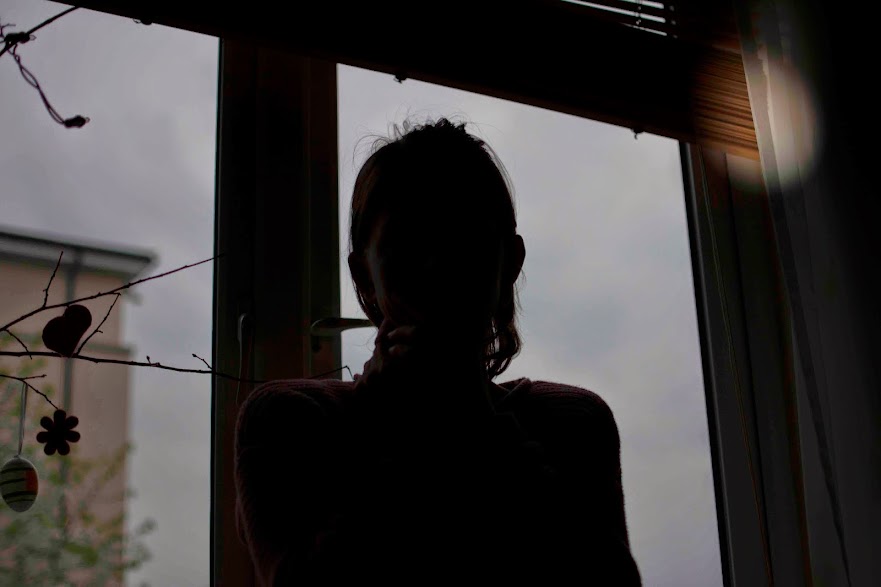Hey guys,
So, I wanted to make a shot with a flare in the frame. I didn't notice when I got sun into the frame when I was composing.

After firing the first frame I saw that the sun is in the frame. I recomposed and took the sun out of the frame and took anotherone.


The problem is that sun has left a ovrexposed spot in the frame. I have a feeling that I have fried my senson on my dearest D7100. Have you guys met a problem like that before? Have you got any suggetions on fixing it?
So, I wanted to make a shot with a flare in the frame. I didn't notice when I got sun into the frame when I was composing.

After firing the first frame I saw that the sun is in the frame. I recomposed and took the sun out of the frame and took anotherone.


The problem is that sun has left a ovrexposed spot in the frame. I have a feeling that I have fried my senson on my dearest D7100. Have you guys met a problem like that before? Have you got any suggetions on fixing it?



